Can cherished former hostel be saved from ruin?
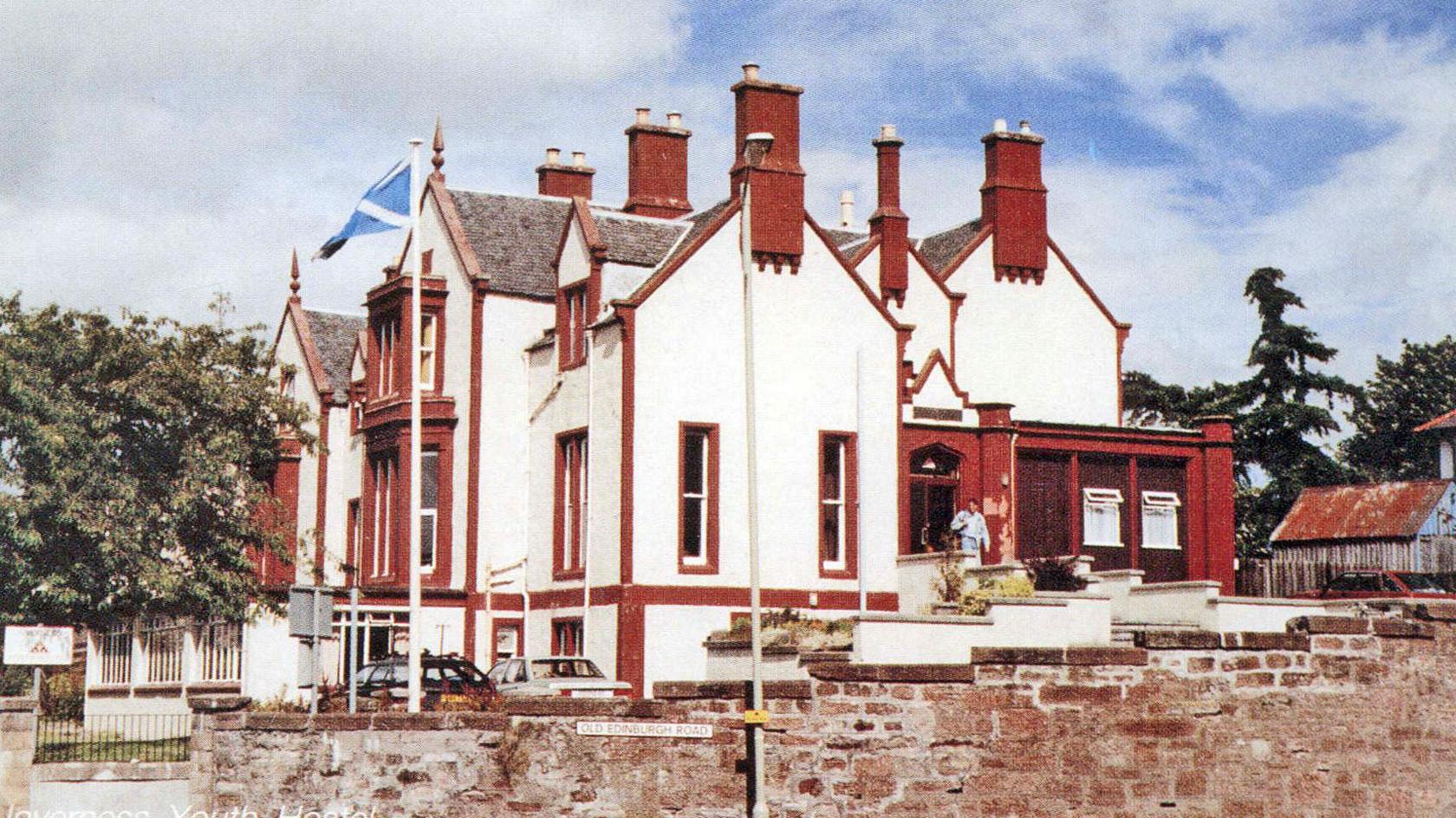
Viewhill House youth hostel in the 1980s
- Published
A tangle of bramble thickets and a barbed wire fence now surround the crumbling walls of Viewhill House.
It has sat as a ruin in the heart of Inverness since a devastating fire 17 years ago, but it was not always such a forlorn sight.
It was once an elegant villa, built by local engineer Joseph Mitchell in 1835, with a stunning outlook over the River Ness.
Many people have happy memories of staying there when it was a youth hostel in the second half of the 20th Century and there are still hopes that it could be restored.

Viewhill House has been a ruin since fire ripped through the building in 2007
Donnie Aird was a teenager when his parents became hostel wardens in the 1950s.
He said it was a big change living at Viewhill House, which he remembers as a “buzzing place” with a friendly atmosphere.
“It was a hive of activity in the summertime with people from all over the world," he said.
"There would often be a queue at the office, sometimes even all the way down the steps leading to the main street with people waiting patiently to book in and hoping they’d get a bed.”
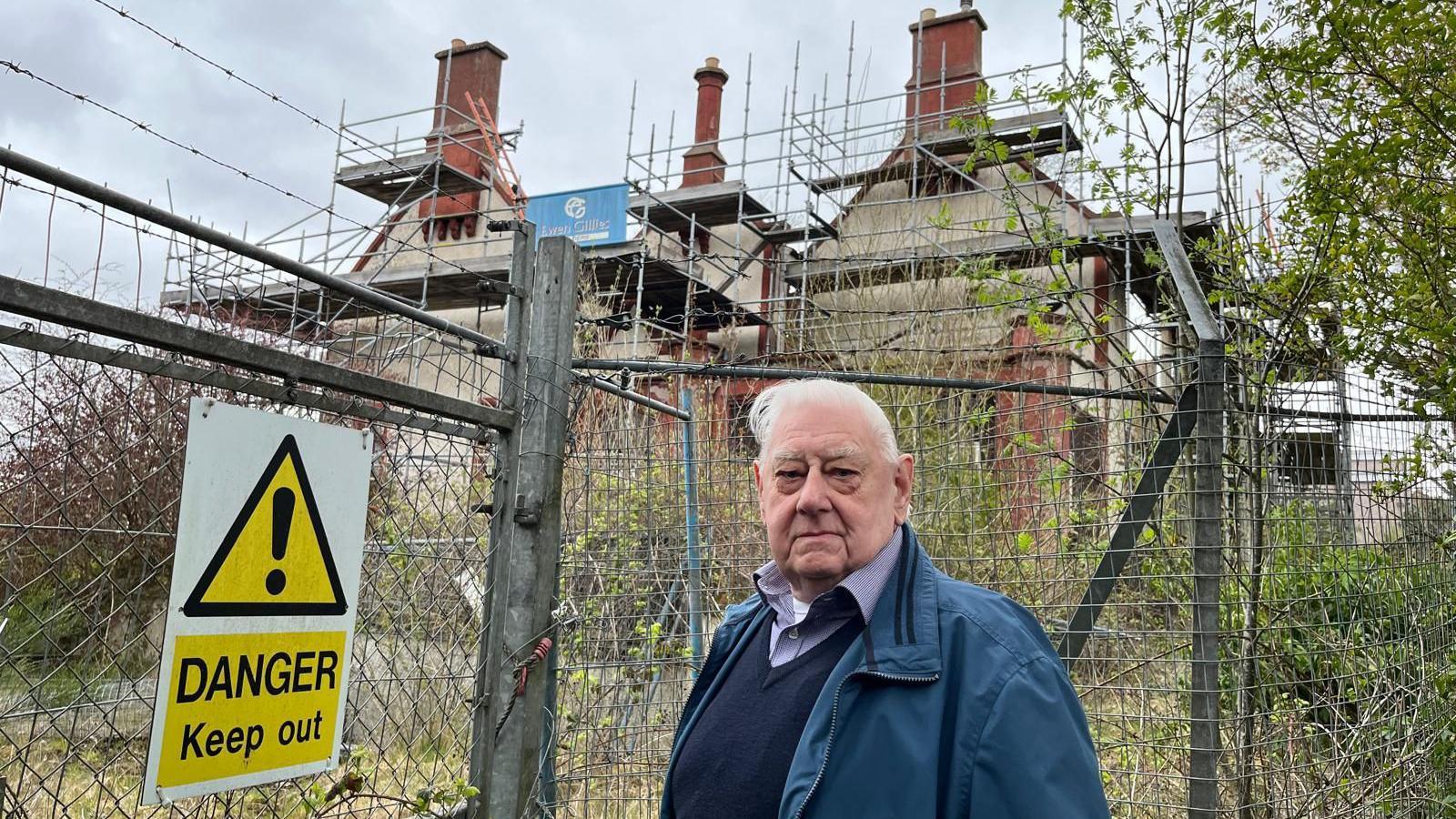
Donnie Aird says it is sad to see Viewhill House looking so neglected
Facilities were basic, with segregated male and female dormitories, and guests were allocated a chore to do in the morning.
And like other hostels there was a strict curfew.
Donnie said: “You had to be in by 10 o'clock. Almost everyone kept to the curfew but there was the odd occasion when people were found trying to get in through windows."
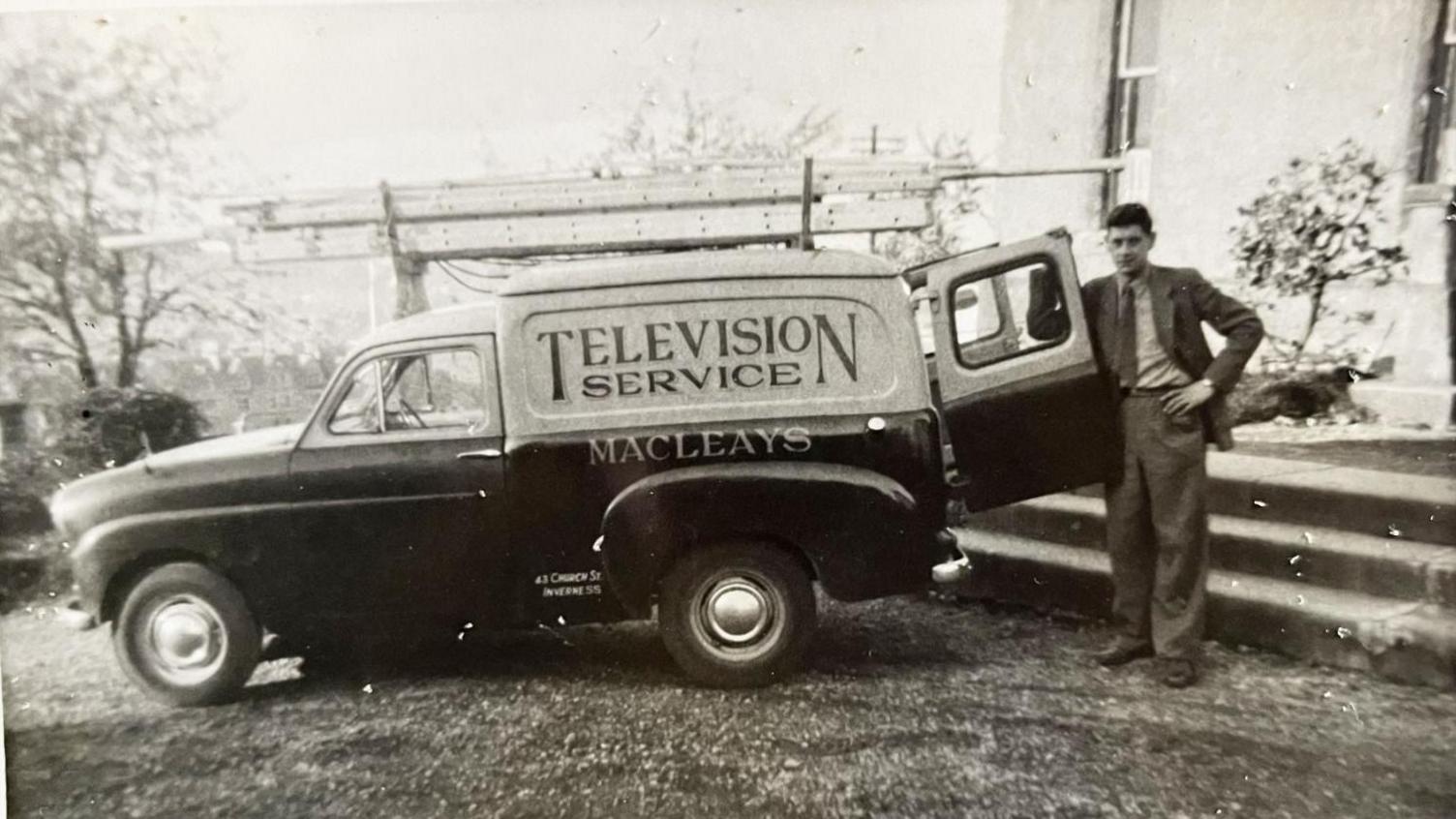
Donnie's work van parked next to Viewhill House
Pets were not allowed but Donnie says people smuggled them in - and did not always take them home with them.
He says: “I remember at least three dogs being left behind.
"There was one dog that was just a tiny puppy and my parents kept him for years. He was named Dormie because he was found in the dormitory.”
Warm welcome
Many people visited the hostel while hitchhiking or cycling round Scotland.
Maggie Roger stayed there in 1968 and 1969 while on summer cycling tours with her Dutch friend Ebba.
The teenagers set off from Bridge of Weir getting as far afield as Ullapool, Skye and Aberdeen on their trips.
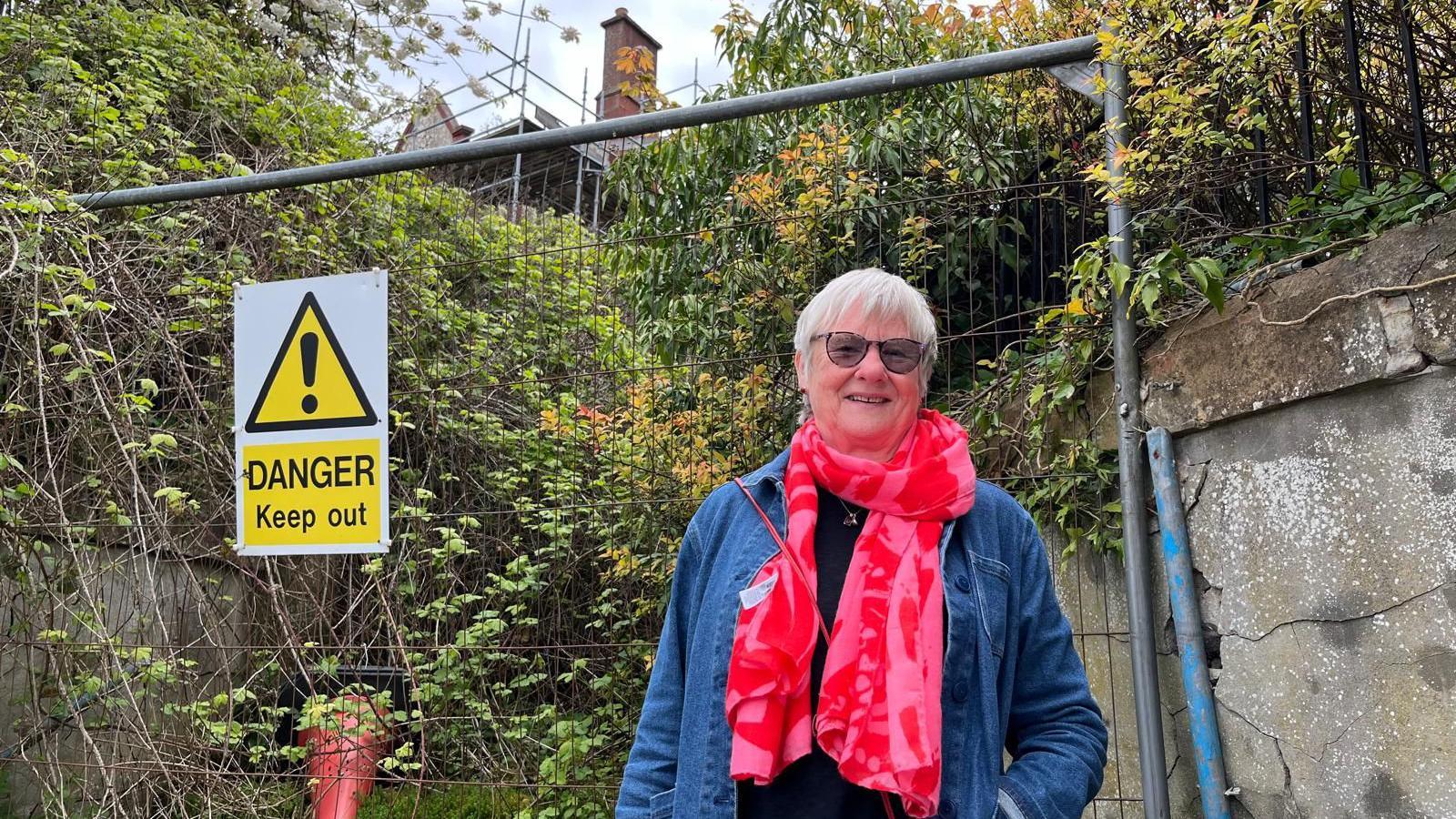
Maggie Roger would like to see something done with the site
Maggie, who is still a keen cyclist, vividly remembers a sense of freedom.
She said: “We left my parents’ house with nobody else watching us.
"We had hooters on the front of our bikes rather than bells and we used to hoot at everybody.
"Cars would go past us and they’d toot their horns and we hoot back at them and we’d see them again three or four days later. It was so much fun.”
On their second trip to the hostel they got a warm welcome from the warden.
“She remembered us and she let us stay even though she hadn’t really enough room. I just remember her being so friendly,” said Maggie.
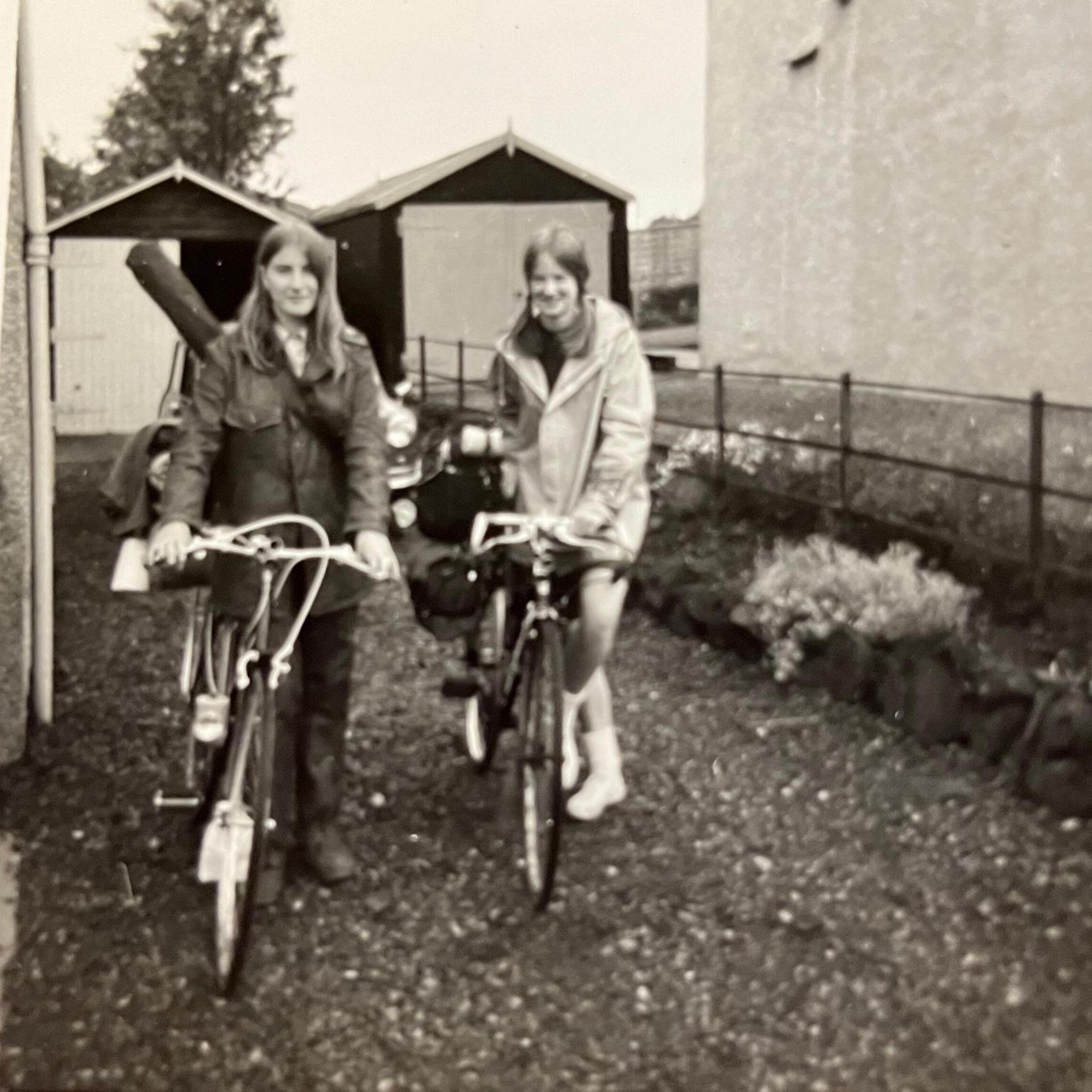
Maggie (right) remembers the friendly atmosphere at the Inverness youth hostel

Ebba de Niet from the Netherlands spent summer holidays with her friend Maggie
Maggie said it is sad to see the site since the fire, which hit when the property was vacant.
She added: “It’s just weeds and trees and a fallen down house.
"It is a shame it has been left for so many years and yes, it might be nice to preserve it but who is going to preserve it and how long is that going to take – another 17 years?”
Watch: Fire rips through vacant Viewhill House in 2007
Joseph Mitchell, who built Viewhill House in the 1830s, started his working life as an apprentice of renowned engineer Thomas Telford.
Despite humble origins Mitchell achieved great things, including designing the first railway connection between Inverness and Perth, which sceptics had said was impossible.
Conservation architect Calum MacLean believes it is still possible to save the engineer's former home, which is owned by Magnus Properties.
He would like to see a small museum in part of the restored B-listed building dedicated to Mitchell who he describes as one of the "founding fathers of Inverness."
He said: “He has an enormous legacy and it's a story we really should be celebrating."

Engineer Joseph Mitchell has been described as a "founding father" of Inverness
Calum added: “It is a testament to Joseph Mitchell’s engineering skills that it is still standing.
"But every year that it is left without a roof it is going to become a bigger and bigger technical challenge to conserve and restore the building.”
The weather is already taking its toll.
Storms during the winter of 2021-22 blew down part of a wall and Calum fears there could be further uncontrolled collapses.
He said: “That would be the worst outcome of all and we would lose a lot of the original material.
"Ideally we want to start to record all these stones, store them safely, so that when the opportunity comes to rebuild we have all the material there to do it.”
Highland Council said its building standards team continued to monitor the site.
A spokesperson said: "The building is in private ownership, and while the council has supported the Highland Historic Buildings Trust and others to look at various options, the site is extremely challenging to develop and with limited public funding available, the council cannot develop this site.
“The council would, however, welcome discussion with the owners and others to consider options.”
BBC Scotland has attempted to contact Magnus Properties.